Latest Posts
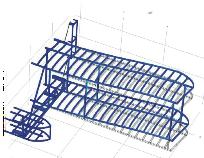
The First Flyer Optimized Using Multiphysics
December of 1903 marked the commencement of the Age of Powered Flight, and the Wright brothers went down in history. This was a time before personal computers and simulation software existed. Determining the optimal design of their airplane had to be done using physical prototypes and real-life experiments. What had the design looked like if the Wright brothers had been able to use computers and modeling software? Three researchers from Pennsylvania State University sought to find out how the design […]

Modeling Static Mixers
A mixer that doesn’t move may sound like an oxymoron, but it’s not. Used in various chemical species transport applications, static mixers are inexpensive, accurate, and versatile. Still, there is always room for improvement. Optimizing the design of static mixers calls for computer modeling, but traditional CFD methods may not be the best way to model these mixers. How do these motionless mixers work and how can their performance be simulated?
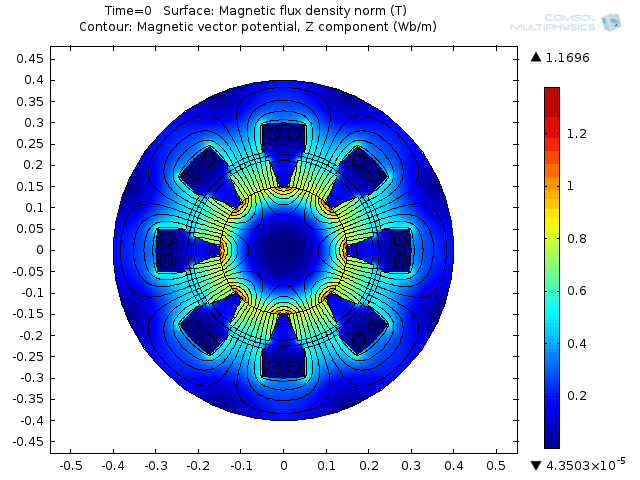
Simulating Permanent Magnet Generators
Permanent magnet generators, or PM generators as they are also called, generate power without batteries. PM generators consist of a magnetic stator coiled with wire and a wheel with permanent magnets rotating inside the stator. From motorcycles to wind farms, PM generators can be used in many electrical machinery applications. Let’s take a look at how these types of generators work and how they can be simulated.

Photos from the European COMSOL Conference
They say that an image is worth more than a thousand words, and I couldn’t agree more. In that vein, we’d like to show you our enthusiasm over the European COMSOL Conference held in Milan, Italy earlier in October, through a slideshow of pictures from the event. We already thanked you in advance for making this our most-registered for event of the year. Now we want to thank you again with this slideshow.
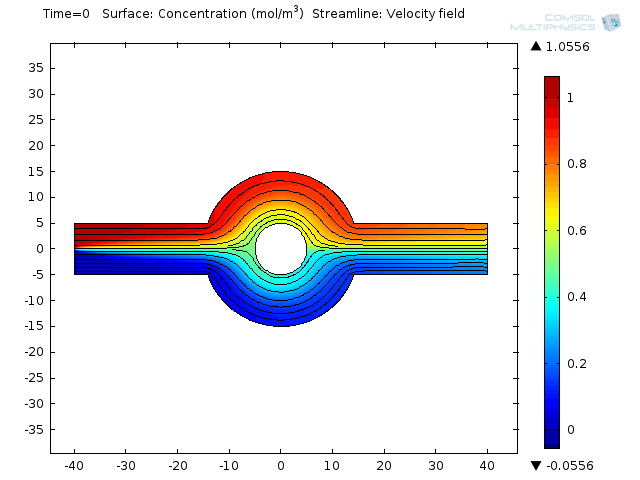
Microfluidics Model of an Electroosmotic Micromixer
When you need to mix something at a very small scale you don’t reach for a teeny-tiny whisk. If you’re working with microscale biochemical applications you’d be more likely to rely on diffusion to mix fluids. With highly ordered laminar flow there is no turbulence involved, thus making diffusion a prime candidate for “getting the job done”. But what if you need to mix larger molecules? Larger molecules mean higher molecular weight, which in turn leads to very long equilibration […]

Halloween Special: Cloaking Devices and Capes of Invisibility
What if this Halloween you could take your costume to the next level and turn yourself invisible? There are bounds of references to invisibility throughout fairy tales, folk lore, and pop culture. From capes and hats to cloaking devices, many fictional characters have been provided with a means for rendering themselves invisible. In the spirit of Halloween, let’s have a closer look at cloaking from a fictional and scientific stand-point.

Oil Companies Rely Heavily on Engineers
It’s no secret that there’s a lot of guesswork involved in oil production. Oil companies make “Big Money” decisions based on estimates – estimates with huge margins of error. What’s more, there is an incredible amount of risk involved, but with the potential for a large pay-off if all goes according to plan. The plan is based on “best guesses” and less than perfect data. Still, there are many big players in the oil industry that are doing very well […]

Poroelasticity in Sand
When you work with multiphysics all day you tend to notice physics phenomena everywhere you go. For me, one such moment was when I was walking on the beach this past summer. I noticed that the sand appears whiter around a person’s feet than elsewhere. You may have noticed this too, and like I, wondered “why?” This phenomenon can be explained by the theory of poroelasticity.
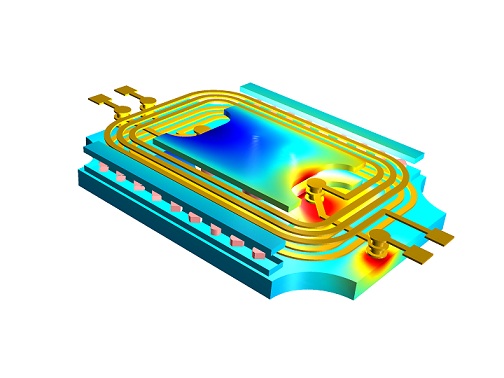
New Product that Helps Electrical and Electronics Engineers
As much as we would like to think that finite element analysis (FEA) is the be-all and end-all of simulations, it’s not true. There is also a camp of engineers out there that model integrated circuits and similar systems. These are based on different physics and equations than what FEA typically solves for. Yet, as is happening more and more in the world of virtual prototyping, the two types of simulations are converging. Now they need to integrate with each […]

A Creative Take on RFID Tags
These days, RFID tags are used in many applications. Ranging from packing slips to ID badges, RFID tags are embedded into many different objects by businesses everywhere. Once tagged, these can be tracked to improve functions such as inventory management, security, manufacturing processes, and more. You can also implant an RFID tag into animals, such as cattle or pets, so that they can be found in case of theft or loss, for instance. Wild animals that are found far from […]

Congratulations to the COMSOL Conference Boston 2012 Paper and Poster Winners
As the conference opened in Milan today, we would like to take a moment and congratulate the COMSOL Conference Boston 2012 paper and poster winners. Three “Best Paper”, two “Best Poster”, and one “Popular Choice” awards were handed out.
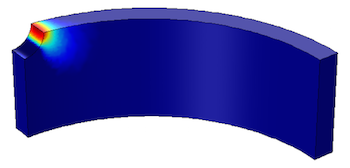
Why Should You Simulate Fatigue?
The Fatigue Module, an add-on to the Structural Mechanics Module and the COMSOL Multiphysics® software, can be used to perform structural fatigue life computations for both strain-based and stressed-based fatigue. In this blog post, we discuss some of the potential application areas and benefits of fatigue testing.

Extend Your Modeling Capacity with LiveLink™ for Excel®
Recently, Fanny blogged about spreadsheets and how they are used in engineering. She mentioned that they are great for collating material properties and other experimental results, and for then using these in COMSOL models. The simulation results from these models can in turn be compared to the original data, and help calibrate material properties and optimize the design. With the release of COMSOL Multiphysics 4.3a, COMSOL has now made it much easier to perform these tasks and extend your modeling […]

COMSOL 4.3a Highlights Video — New Products and Features
Yesterday we announced the release of COMSOL Multiphysics Version 4.3a. The excitement around this release is already rising, and with good reason. Now we’d like to introduce you to the four new products and some of the major new features that are made available, via this COMSOL 4.3a Highlights video duo:

Equations: Who Needs Them?
Most of us take mathematical modeling for granted. After all, we’re taught physics and calculus almost hand-in-hand. But we owe a lot to the early pioneers like Isaac Newton, who demonstrated and strongly promoted interpreting natural phenomena through equations. Differential equations are especially useful since most things change as time marches on. Since we live in 3D space, partial differential equations (i.e., equations that express change in more than one “direction”) arise as the prominent tool to express continuum level […]

Preview: Virtual Conference Guide for Smartphones and other Web-enabled Devices
The COMSOL Conference is about to get kick-started with its first stop in Boston next week, and Milan to follow soon thereafter. Now we’re excited to announce a new feature for this year’s conference attendees: a virtual conference guide for smartphones and other web-enabled devices. The full version is yet to be released, but I was able to test-drive the app and will share it with you here on the blog.
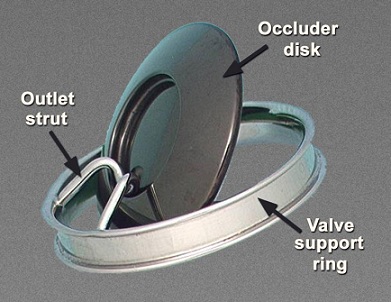
Fatigue — When Cyclic Stress Produces Fractures
Many of the products that engineers design experience cyclic stresses during use that are below the material’s yield stress; unfortunately, these stresses can still be the primary reason for failure. Thus, engineers and designers must find ways of including the effects of cyclic stresses when designing products for long-term use.

User Tip: All About Icons
I give a lot of COMSOL workshops — about 20 so far this year. These are great events and they include hands-on minicourses, which allow me to connect with the audience. One topic that I often spend a few minutes on might surprise you: icons. The icons, especially those found at the nodes in the Model Builder, are packed with useful information. They’re easy to miss because they’re small, but knowing what they mean can be a big help.

Why Adopting COMSOL Multiphysics Is a Good Career Move
Are you a student thinking about where you want to end up after graduation, or a young professional considering how to make yourself more valuable in today’s job market? There are many things you might do to sharpen your skills and bolster your résumé, but here’s a piece of advice you’ll get from us: adopting COMSOL Multiphysics is a good career move. Before you say “of course you’d say that, it’s in your best interest if I use your software,” […]

How Spreadsheets Are Used in Engineering
We’ve noticed that a lot of our customers use spreadsheets, such as Excel®, as part of the modeling process. They use them for storing material property and other data, such as from experiments or other information about workflow associated with their engineering project, and then import this data into COMSOL Multiphysics®. Spreadsheets are also the forum for taking in results from COMSOL software and using this to compare, optimize and verify these material properties. Let’s delve deeper into how spreadsheets […]

What Is ECAD and Why Is It Used in FEA?
Electronic computer-aided design (ECAD) is typically used to design and develop electronic systems. Although the acronym is a mere letter away from “CAD”, there’s actually more to the story than appending the word “electronic” to “computer-aided design”. So, what is ECAD and why is it used in finite element analysis (FEA)?
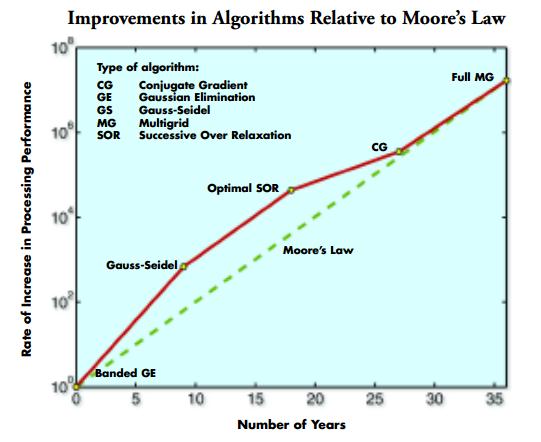
Moore’s Law for Solvers
At the heart of any simulation software are the solvers. Those are things that take geometry/mesh/physics to the computational results. While it’s convenient to think about solvers in terms of the type of study (think time-dependent, parametric, or eigenvalue), there is a hierarchy of solvers that are usually employed. And at the foundational level of any simulation — and for every iteration — there is a linear solver.
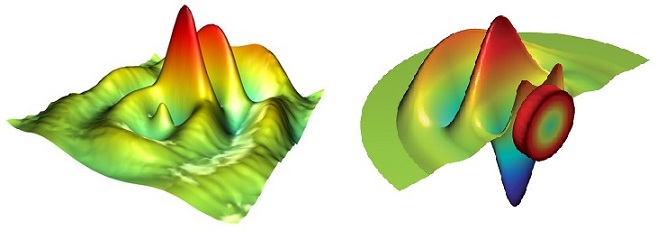
Multiphysics Makes Single-Physics Simulations Better
Coupled physics phenomena (like electrical heating, fluid structure interaction, and conjugate heat transfer) demand multiphysics, which I’ve written about previously in “What is Multiphysics?”. But what if you just have a simple analysis to do — one that has been simplified to the point where only a “single physics” (to coin a term) is considered? What benefits does multiphysics have for this?
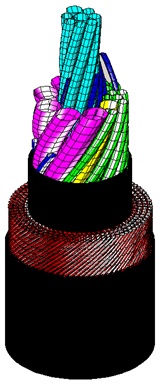
The Stresses Subsea Cables are subjected to
In these days of globalization, keeping the world connected is imperative. Information needs to pass as freely and quickly as possible in order to keep markets up-to-date with the latest news and to ensure that commerce can be conducted without hindrance (at least of the technical kind). So what do you do – look to the sky? The answer is no; in fact, 99% of this information is carried by undersea cables. These unsung heroes sit at the bottom of […]
